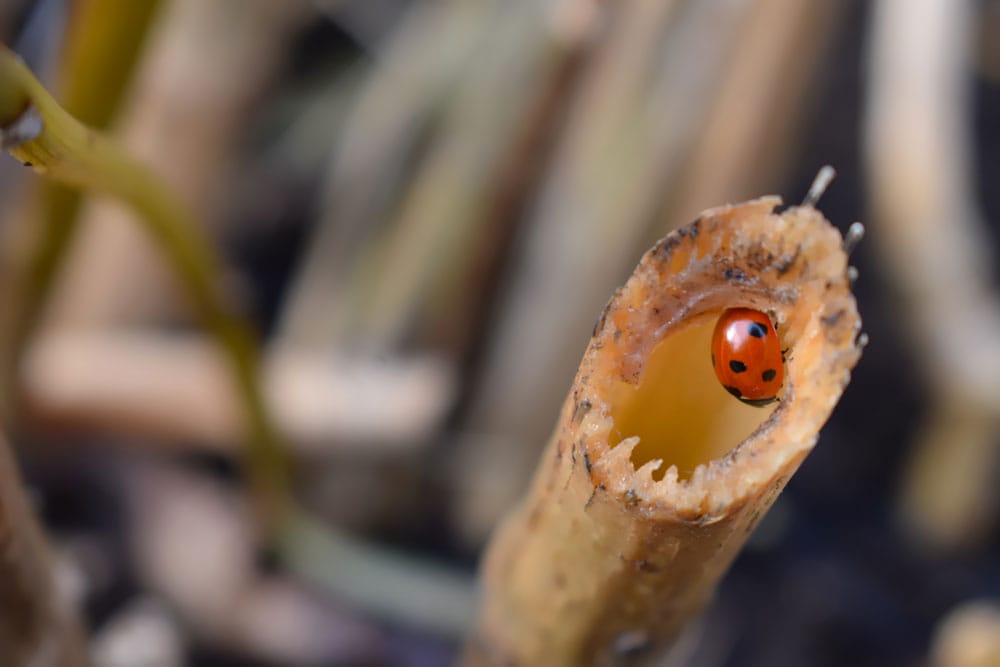October in the Garden: Set Up for Spring, Savour the Season
October brings shorter days and cooler nights – the sweet spot for getting the garden squared away before winter. This is the month for essential jobs – bulbs, lawns, and winter veg – that set your garden up for a strong start next year. Plant, protect, and importantly pause in places so wildlife can use your garden too.
Plant Now for Spring Colour
October is prime time for most spring bulbs – daffodils, crocus and hyacinths root best while the soil still holds warmth. Tulips are the exception: hold these back until November to lower the risk of disease in mild, damp autumns. Store tulip bulbs somewhere cool and dry until then. Plant bulbs two to three times their own depth in well-drained soil or gritty compost in pots; space at least twice the bulb’s width and keep the growing point up. Mix early, mid and late varieties so the display rolls on for weeks.
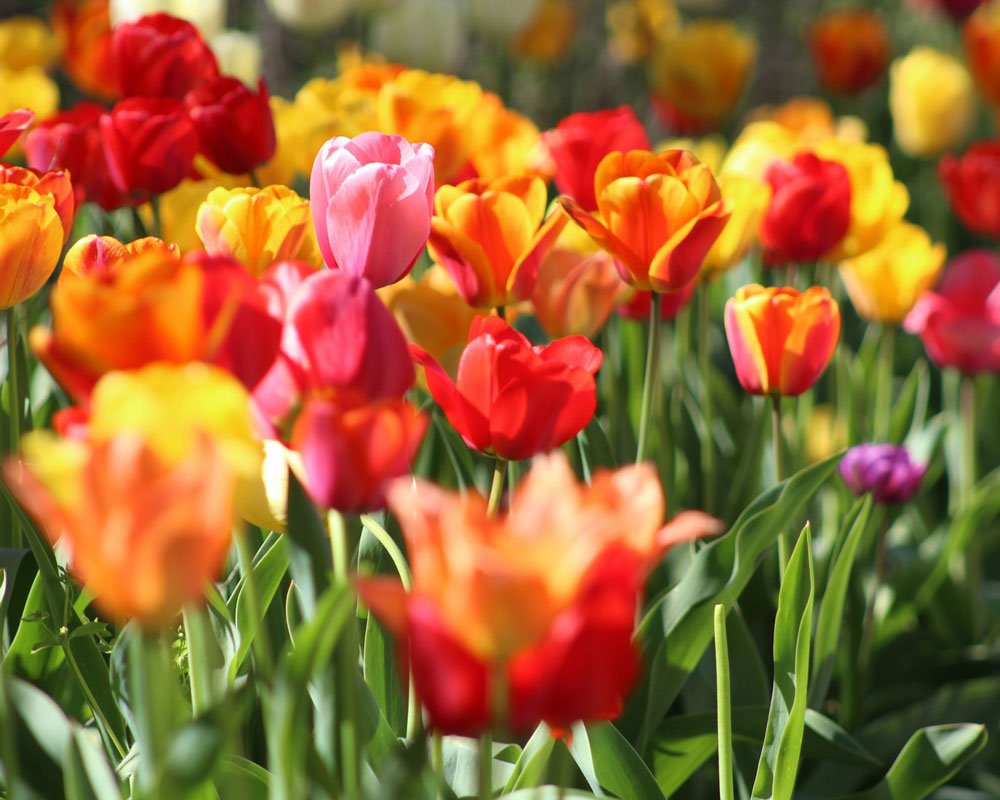
Trees, Shrubs & Perennials
Cooler air and warm soil make excellent planting conditions for trees and shrubs. Roots establish with autumn rain and are ready to power growth next spring. Water in well and mulch once the soil is moist. Overcrowded perennials can be lifted and divided, replanting vigorous pieces at the same depth with a splash of compost; avoid working on waterlogged ground to prevent compaction. Keep pruning light for now: remove only damaged or diseased material, and save major rose pruning for late winter. Spring-flowering shrubs are best pruned after they bloom next year.
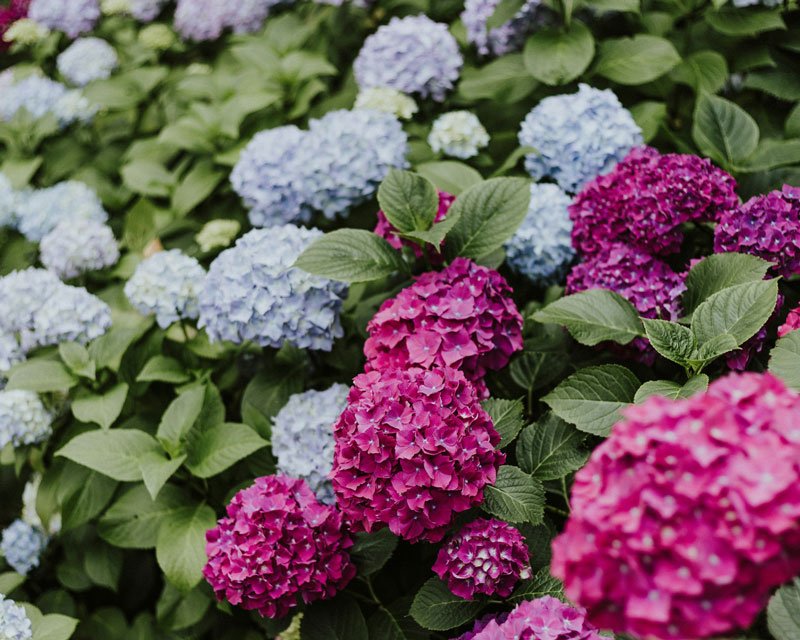
Lawns & Leaves
Give the lawn a final high cut, then scarify to remove thatch and spike to aerate – especially on heavy soils. Follow with an autumn lawn feed that’s low in nitrogen and richer in potassium and phosphorus to toughen growth and support roots through winter. Keep sweeping leaves off grass and paths and stockpile them in a simple wire pen or perforated bags to make leafmould for next year’s free mulch. On clay, wait for a dry window before you work to avoid compaction.
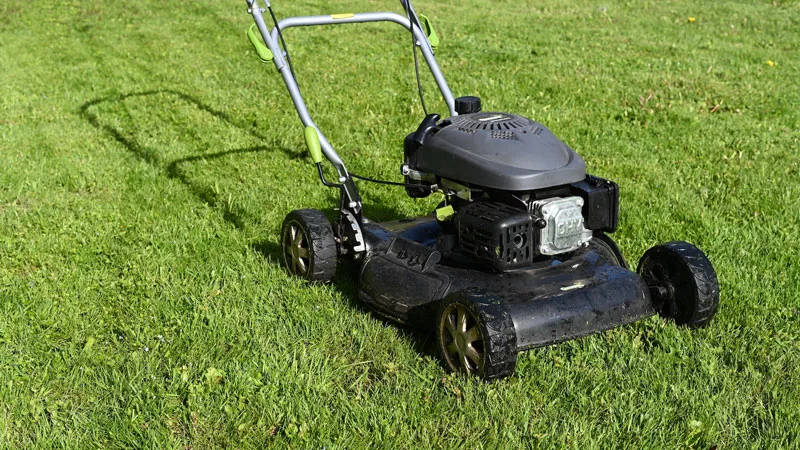
The Veg Plot
- Garlic: plant from mid-autumn; most varieties benefit from a cold spell for good bulb formation.
- Onions & shallots: pop in autumn sets in sunny, free-draining ground.
- Broad beans: sow hardy types such as Aquadulce Claudia now for an early summer crop; choose a sheltered, well-drained spot or use cloches on heavy soils.
- Winter salads: mustards and mixed leaves tick along under cloches, frames or fleece.
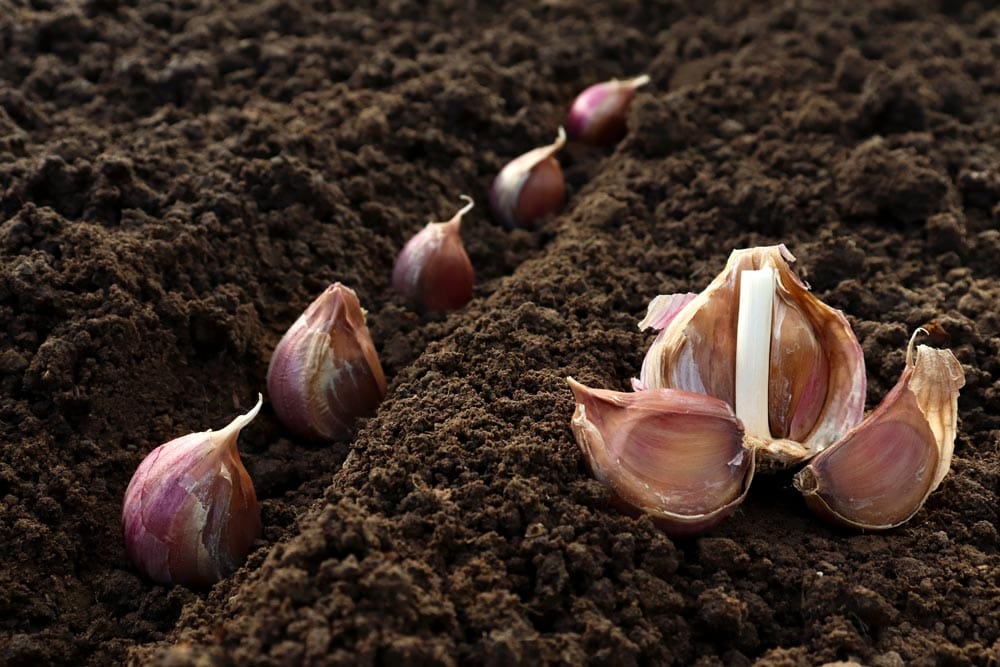
Pots, Greenhouse & Tender Treasures
Cold plus wet is the combination that finishes container plants. Raise pots on feet or bricks to improve drainage and help prevent frost damage to containers. Refresh planters with winter-tough choices—violas, pansies, cyclamen, primulas and heathers—using peat-free compost with added grit. In the greenhouse, check heaters, insulate selectively with bubble wrap to save energy while keeping light loss minimal, and keep fleece handy for cold snaps.
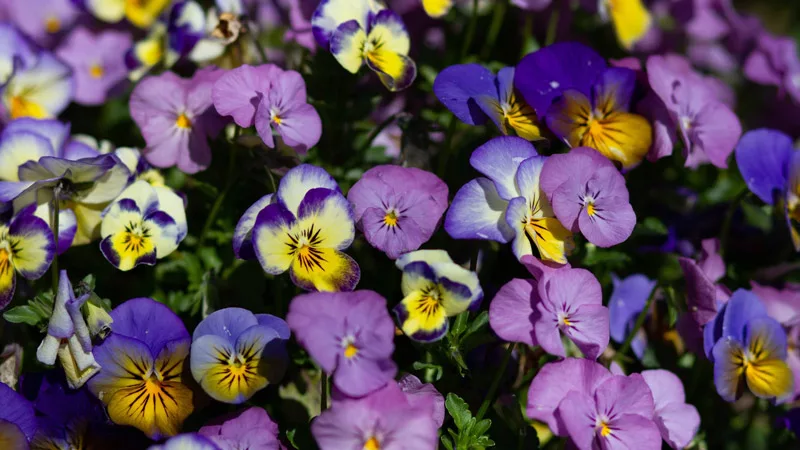
Enjoy the Garden as the Light Fades
Make it inviting: winter pots by the back door, a bench with a throw, and a clear view of seedheads sparkling on frosty mornings. If you add lighting, keep it subtle and warm-toned, directed low over paths and steps. Warmer, dimmer lighting is gentler on night-flying insects and bats than bright, cool light.
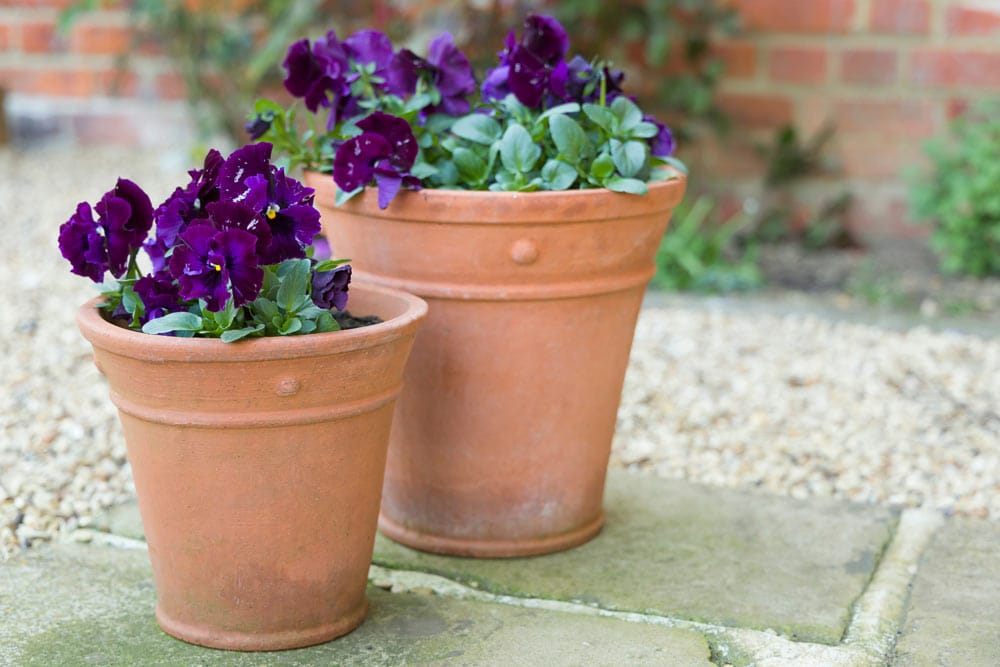
Wildlife-kind Gardening in October
Small choices now make a big difference for hedgehogs, birds, amphibians and pollinators:
- Don’t torch hidden wildlife
If you’re planning a bonfire, build it on the day and check thoroughly just before lighting – hedgehogs are drawn to log piles. If you’ve pre-built a heap, move the material to a fresh spot and then light, so anything inside can escape. - Don’t net carelessly
Loose netting can entangle birds, hedgehogs and grass snakes. If you must net ponds to keep leaves out, keep the mesh taut and raised above the water, and provide an escape route (a rough plank, stones or a purpose-made ramp) so wildlife can climb out. - Don’t strip every stem
Leave seedheads on plants such as teasel, echinacea and alliums for winter food and shelter. Tidy paths, but let borders keep some structure until late winter. Ivy’s autumn flowers and winter berries are particularly valuable – delay hard cutting if you can. - Don’t let hygiene slip at bird kit
Clean feeders with hot soapy water on a regular cycle and refresh bird-bath water frequently; clear the ground below feeders to reduce build-up. Clean nestboxes in autumn and winter, disposing of any unhatched eggs within the permitted window. - Don’t use slug pellets
Outdoor metaldehyde products are banned; even “organic” pellets can have unintended effects in a wildlife-first garden. Favour barriers, hand-picking, habitat for predators (frogs, birds, hedgehogs), and planting choices that shrug off damage. - Don’t work saturated soil
Avoid walking and digging on soaked ground so you don’t squeeze out the structure you’ll need next spring. Lay boards to spread your weight if you must get on a bed.
